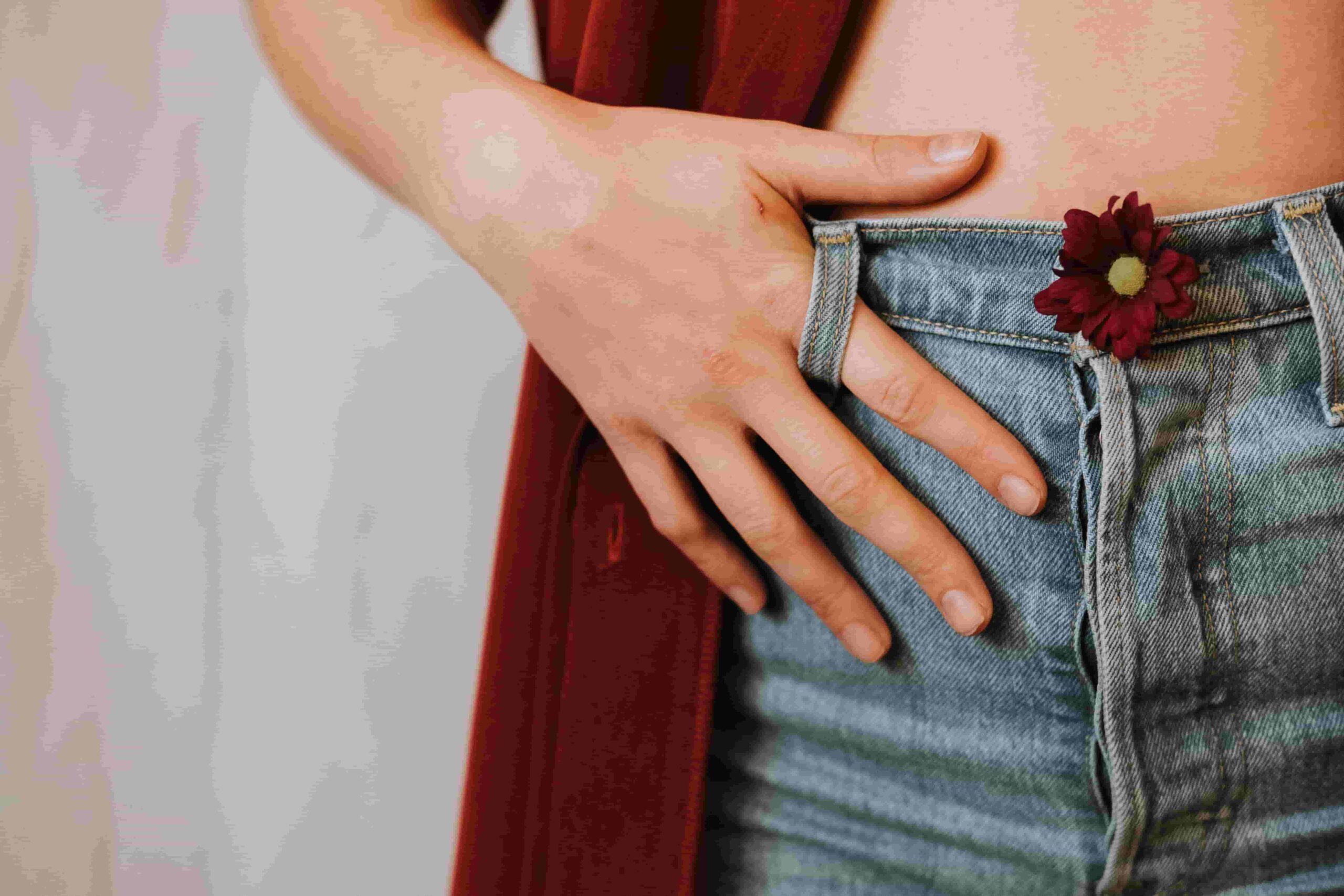Ovulation is the process wherein the ovary releases a mature egg cell — this sets the stage for fertilization! The egg cell travels through the fallopian tube, where it can possibly meet a sperm cell. This is also why ovulation is also known as your fertile days because this is the time where pregnancy is most likely to happen.
When does ovulation happen?
The menstrual cycle lasts for 28 to 32 days on average. Ovulation typically occurs in the middle of the cycle, or on the 14th day if you have a regular cycle.
However, the timing may be different for every woman. It may be harder to predict when your ovulation phase happens when you have an irregular cycle, but it generally happens 14 days before your period. That means that you could still get pregnant at some point in your cycle.
How long does ovulation last?
Ovulation happens in just 24 hours. You have the highest chances of getting pregnant at this stage, specifically the three days before ovulation and on the day of ovulation. This is commonly known as your fertile window.
What are the signs to look out for?
There are a lot of apps to help you track your menstrual cycle and your fertile window. But even without an app, you can determine if you’re ovulating by watching out for the changes that happen to your body.
Changes in vaginal discharge and cervical mucus
Usually, your body produces the most mucus right before ovulation, and these days are called “slippery days.” The mucus you produce is clear, and feels slippery, like raw egg whites, and can be stretched between your fingers.
Breast soreness
The rush of hormones before and after ovulation may cause you to experience breast soreness. Some feel this before ovulation, while others experience it after.
Mild abdominal pain
Yes, some women can feel their ovulation! They typically feel it as a dull or sharp and sudden pain in the lower abdomen, usually on just one side. It’s generally mild, but can last for a few minutes to a few hours. For others, it could last for a day or two.
Light spotting
You can experience light spotting or brown discharge around the time you ovulate. This is called ovulation spotting, and it’s nothing to worry about.
How can I track ovulation?
Besides keeping an eye on physical changes, there are other methods that will make it easier to determine your ovulation day and fertile window.
Keep a calendar
Keeping a calendar is a great way to track and be familiar with your menstrual cycle.
For six months, mark the days when you have your menstruation, and the days you notice changes in your body (ex. changes in vaginal discharge and cervical mucus, cramps, spotting, etc.).
Check your basal body temperature
During ovulation, your basal body temperature (or your body’s temperature at rest) is slightly higher than it is during other times of your menstrual cycle.
Using a digital thermometer, take your basal body temperature every morning before getting out of bed. Do this every day and take note of the readings.
Your basal body temperature may increase slightly by around less than 0.3 C when you ovulate. You can assume that ovulation has occurred when the slightly higher temperature remains consistently steady for three consecutive days or more.
Use a fertility test kit
Fertility test kits, such as TRUST BLOOM Ovulation Test, will help determine whether you’re ovulating on the day you test. These are often available at the nearest pharmacies.
You can also buy the TRUST BLOOM Ovulation Test kit online!
Shopee: https://bit.ly/3xpkDLo
Lazada: https://bit.ly/3HWX5Ce
Sources:
https://www.webmd.com/baby/am-i-ovulating#1
https://www.parents.com/getting-pregnant/ovulation/signs/signs-of-ovulation/
https://www.thebump.com/a/ovulation-symptoms-signs-of-ovulation



